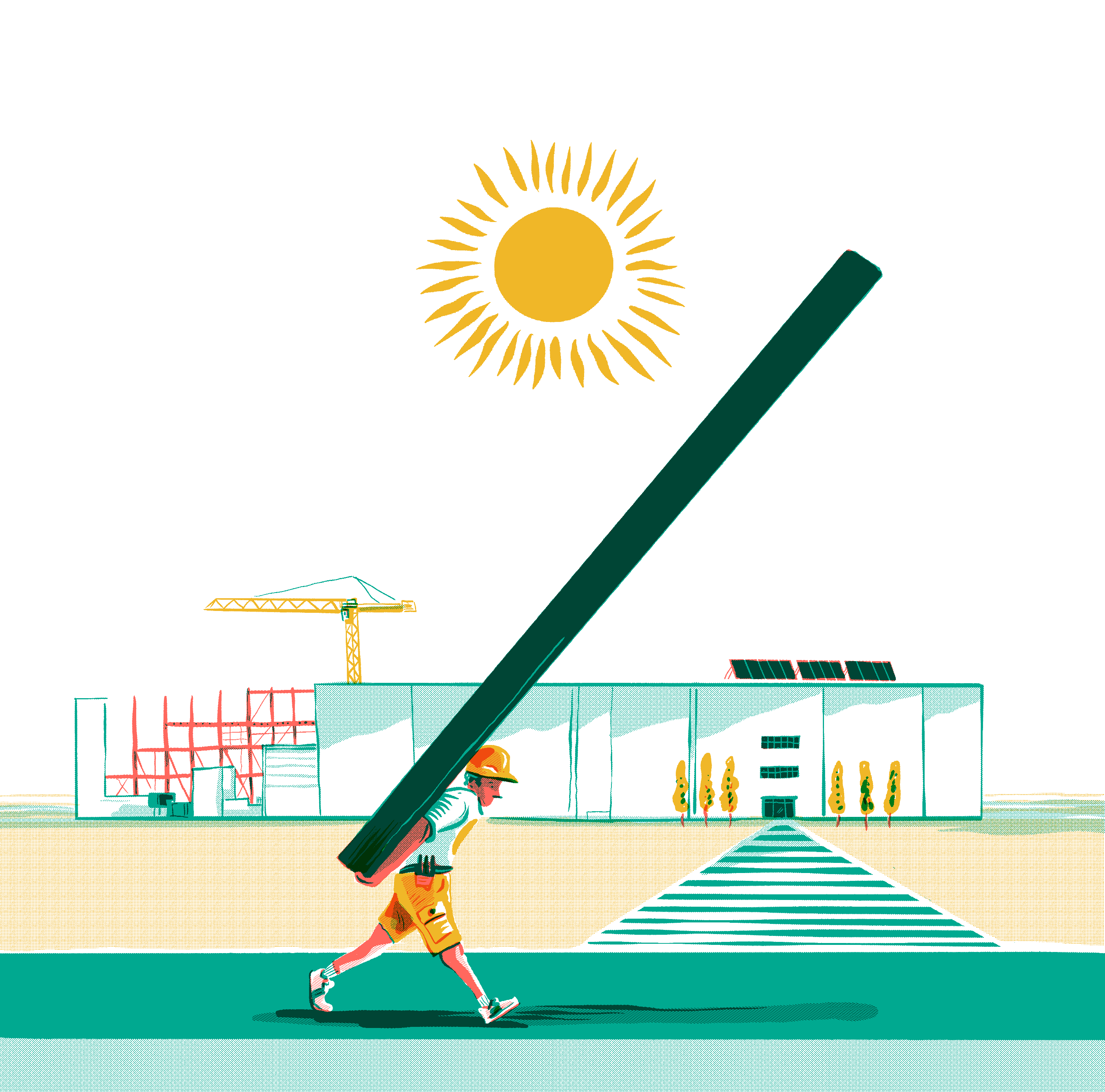Dear friends of modern photovoltaics and energy,
Welcome to our traditional quarterly review of completed Greenbuddies projects. The third quarter of 2025 was very successful for us, and I am pleased to share with you the results that reflect our ongoing efforts to take photovoltaics in Europe one step (or more) further.
I would also like to share a very positive figure: this year, we have already achieved a turnover of over CZK 1 billion in the first three quarters. This corresponds to more than EUR 40 million and represents a new record in Greenbuddies' history.
During this quarter, we completed a total of 90 MWp of new solar installations, of which 85 MWp were ground-mounted photovoltaic power plants. It is worth mentioning that we expanded our operations in Ireland, where we implemented a 6.4 MWp project in Castleland. In Germany, we carried out repowering of a 20 MWp solar park near the town of Büttel. Our largest completed project for the third quarter was a 24 MWp ground-mounted power plant near Silberstedt.
Despite the continuing slowdown in demand for rooftop PV systems across Europe, we have also been active in this area. We completed two rooftop installations in the Czech Republic, one large 2.7 MWp rooftop in Germany, and we also modernised one of the largest rooftop PV installations in the Czech Republic with a capacity of 4 MWp.
However, I would particularly like to highlight our EPC projects, which are increasingly dominating our portfolio. This quarter, we completed several projects under the EPC model: Radvanice in the Czech Republic (7 MWp + 12 MWh BESS), Kaffishaff and Frisange in Luxembourg (each 3.6 MWp), and Steinberg in Germany (7.1 MWp). I consider the Radvanice project to be an extraordinary milestone – it is a project that combines three independent PV plants with their own battery storage facilities, where we provided complete logistics and coordination for the installation of three BESS, the largest of which weighed 43 tons. Mobilising such large batteries requires advanced project management, planning, and logistics. Our experience proves that large-capacity batteries are no longer just the future but today's reality.
For this reason, we have decided to expand our portfolio to include aggregation and optimisation of flexibility in the Czech BESS market. This new service is based on the smart use of all available markets, maximum openness to customers, and consistent protection of the battery's service life. We know that long-term sustainable battery operation does not rely on one-off optimisation but on a sophisticated strategy that takes into account market developments and the technical aspects of storage. This is the approach we are now bringing to our customers.
Even so, we cannot overlook a certain uncertainty about the future of renewable energy sources in the Czech Republic, especially after the recent elections in the country. However, we believe that the direction of the energy transition is clear and inevitable in the long term. Renewable energy sources are not only an ecological choice but increasingly an economic one as well. In order to prevent the construction of new projects from coming to a halt, operational support for new photovoltaic power plants must be introduced. The year 2025 brought many positive impulses—from the development of battery systems to legislative support for agrivoltaic projects—and it would be a shame to slow down this development.
Finally, allow me to make a personal note. This is the last commentary I am writing for Market Footprint as Chief Sales Buddy. From January 2026, my colleague Dan Štajner will take over this role. I believe he will bring a breath of fresh air, new perspectives, and the same enthusiasm for solar energy.
Thank you for your attention, support, and cooperation. I wish you beautiful sunny days.
Aleš Spáčil
Chief Sales Buddy


